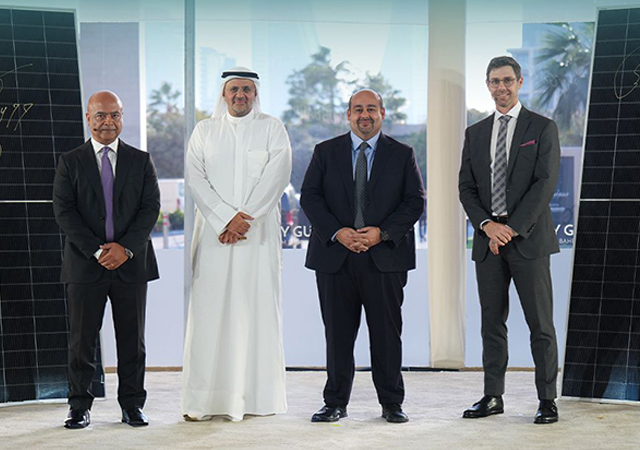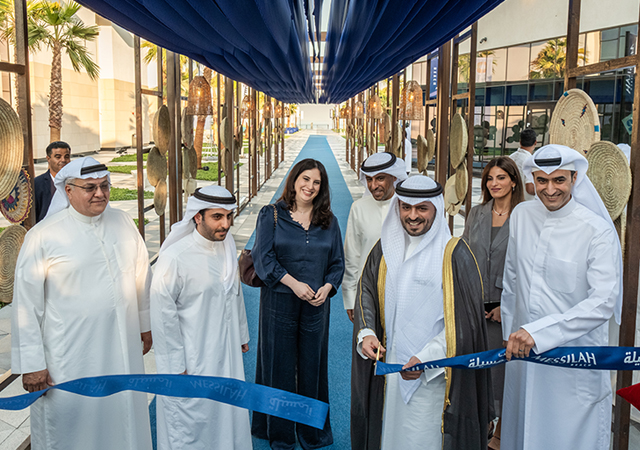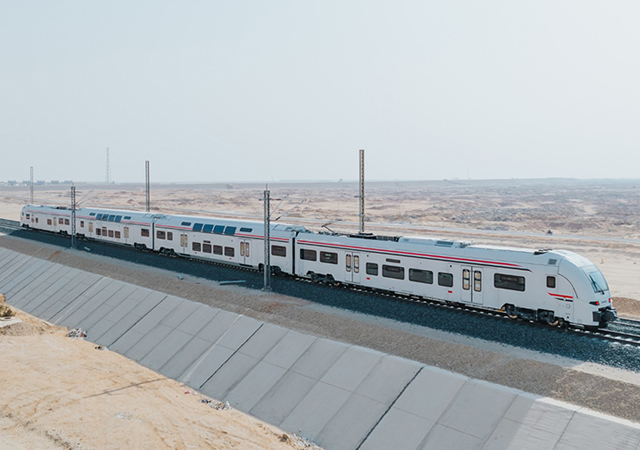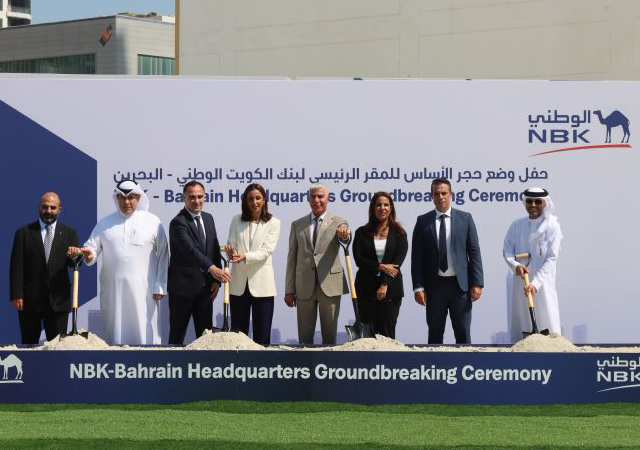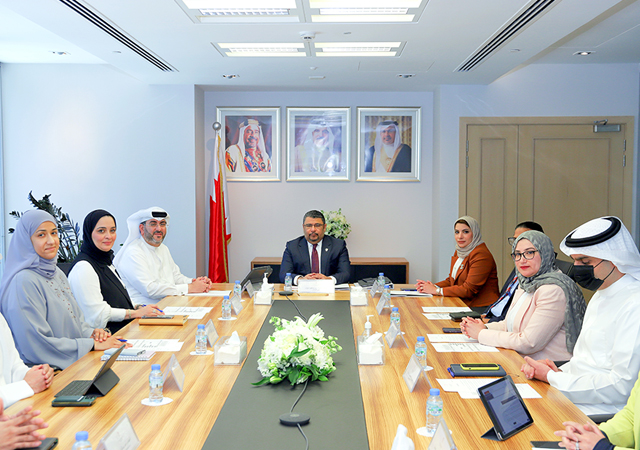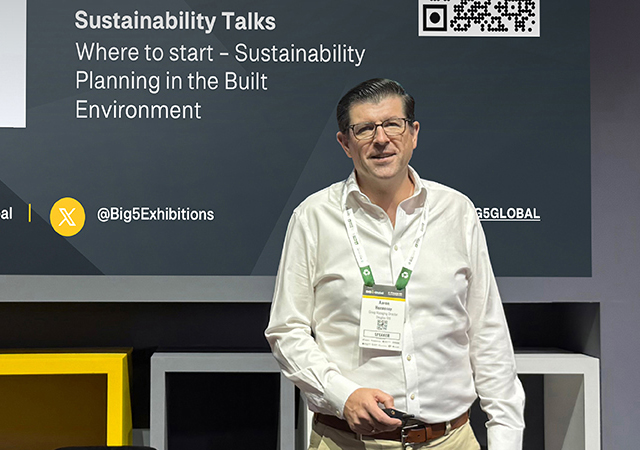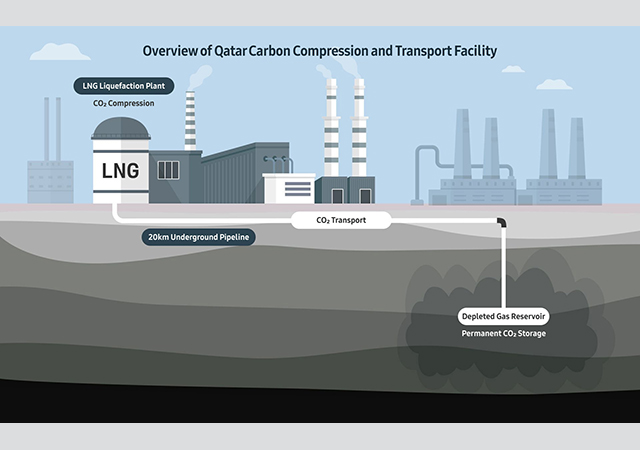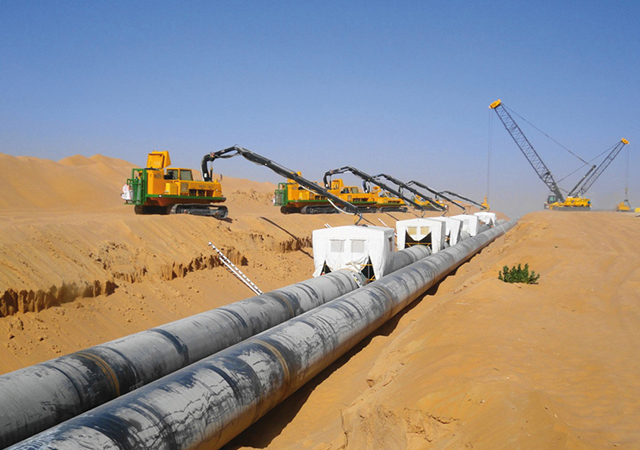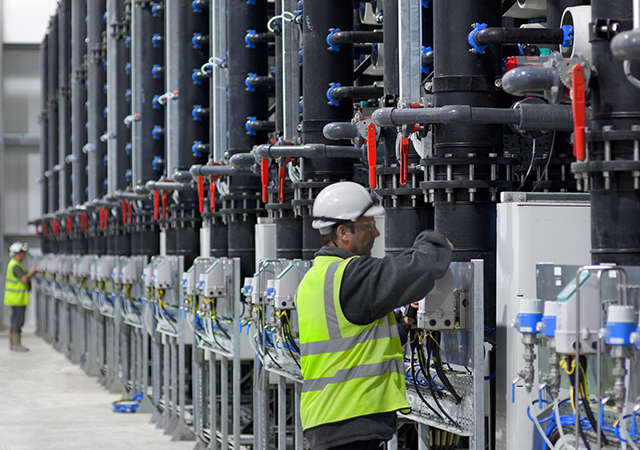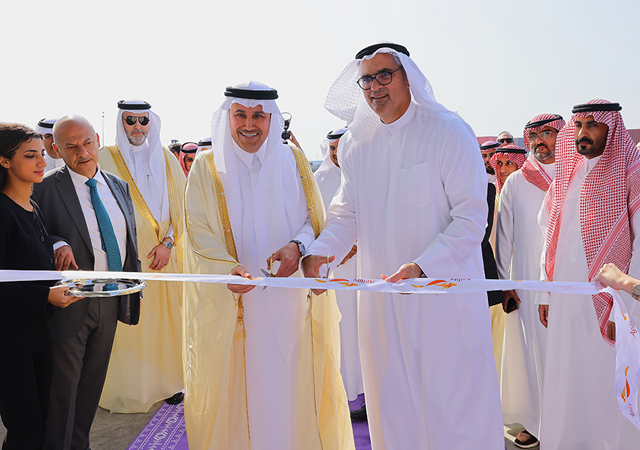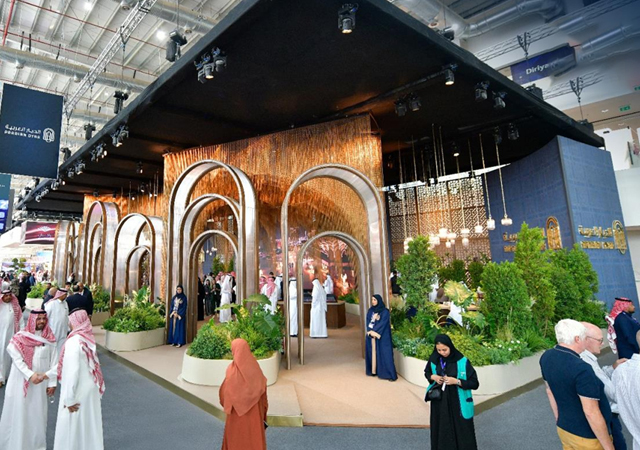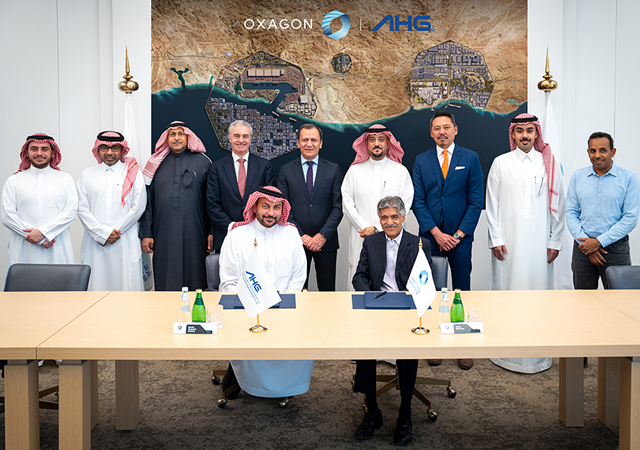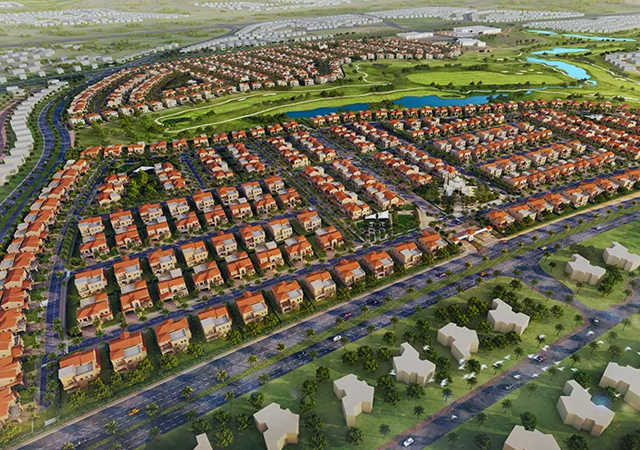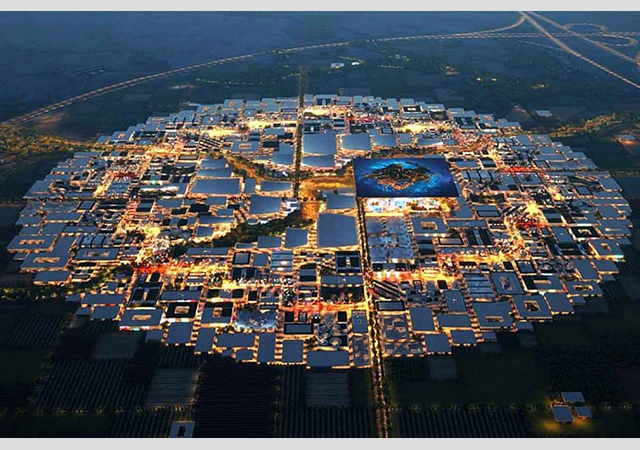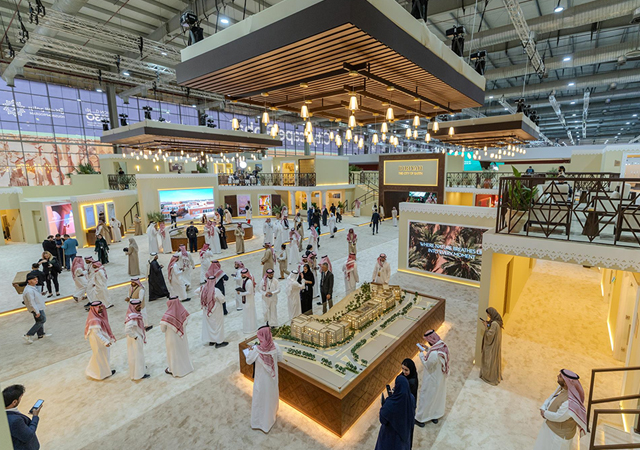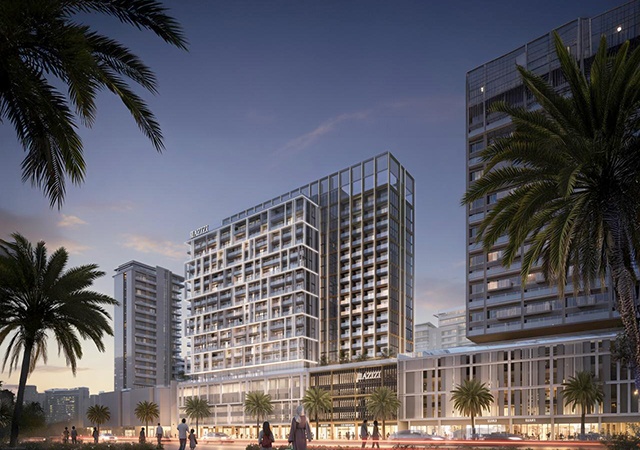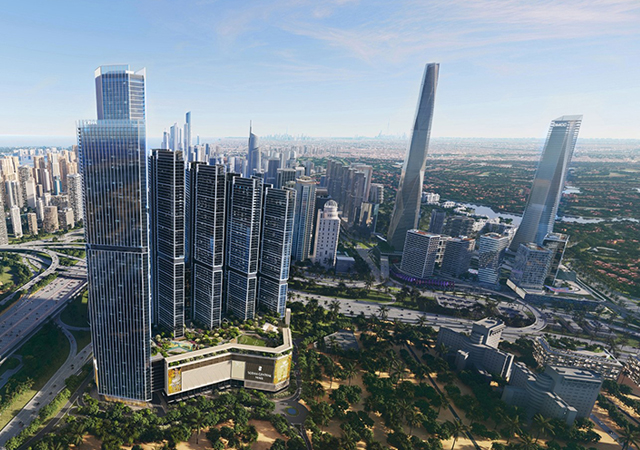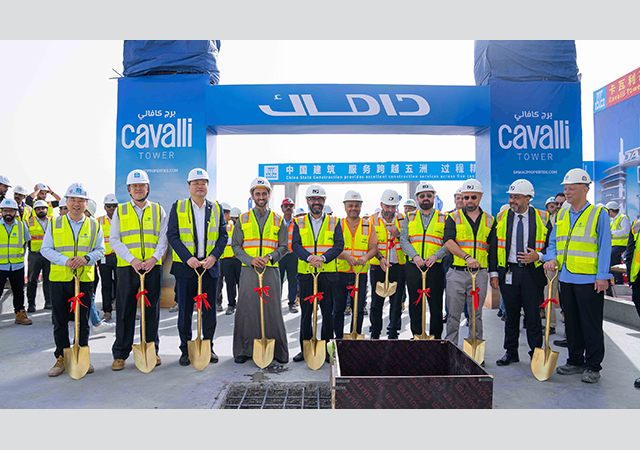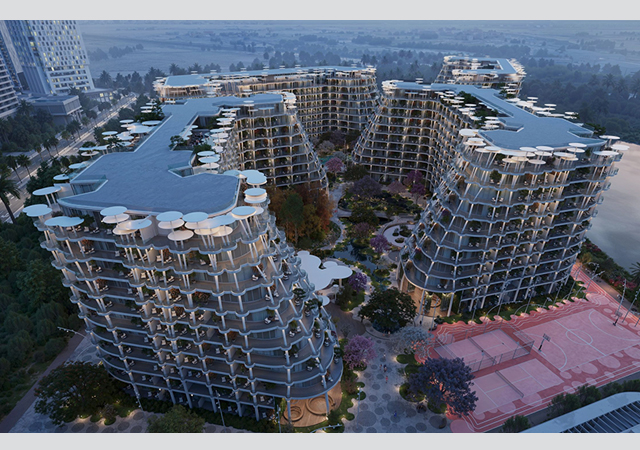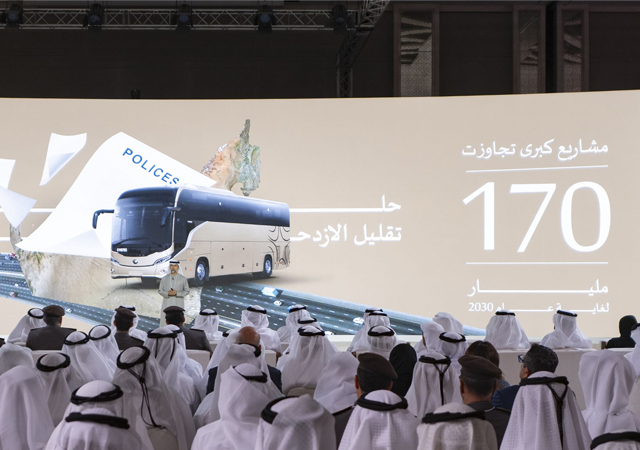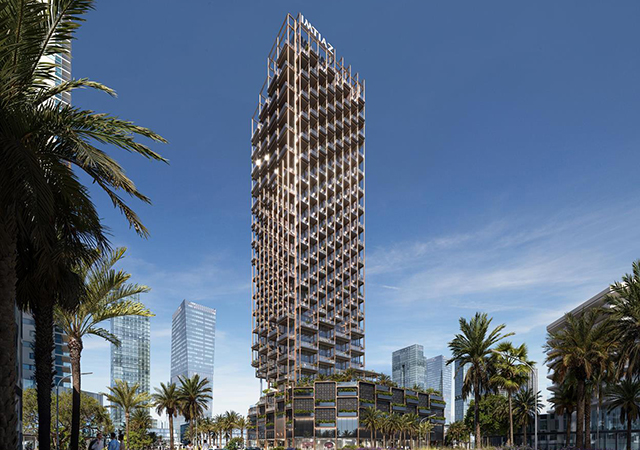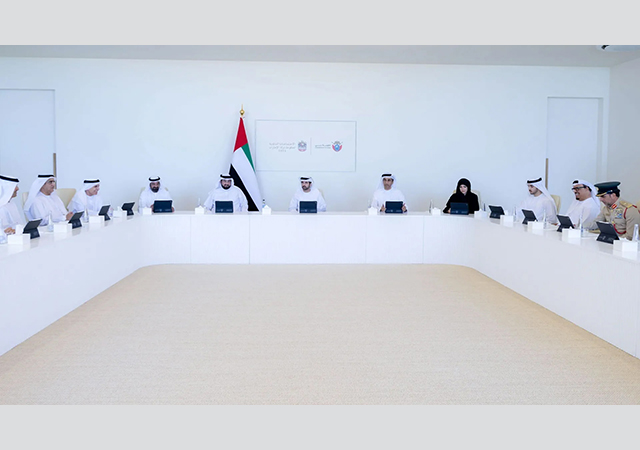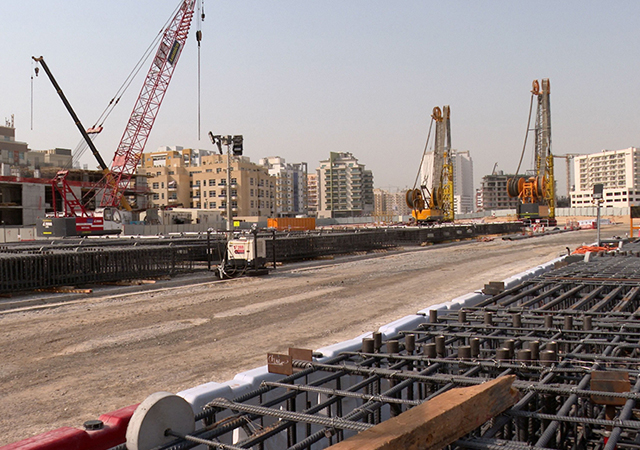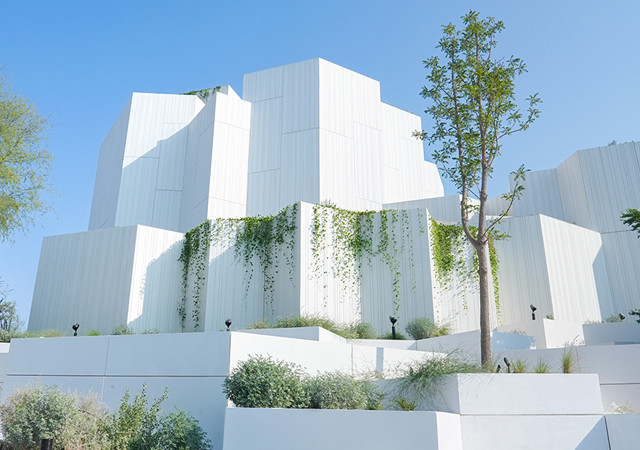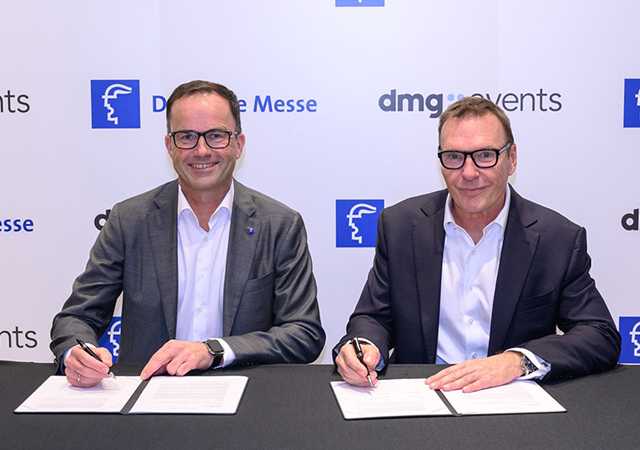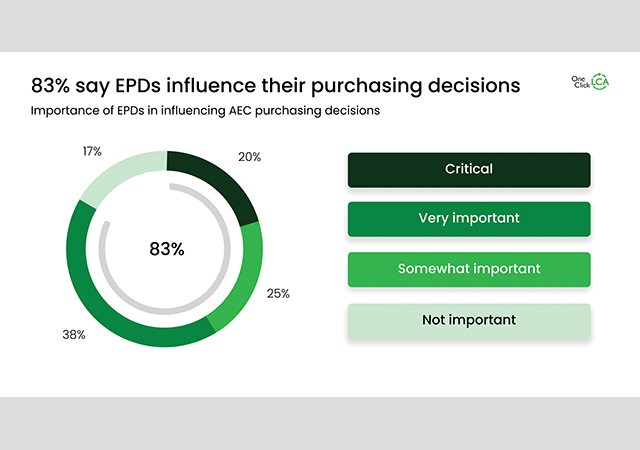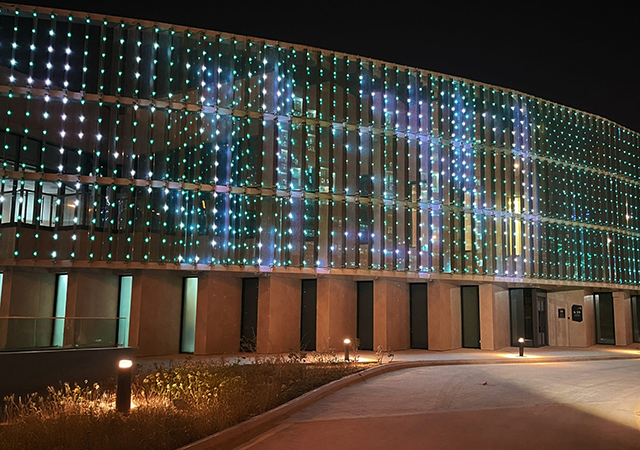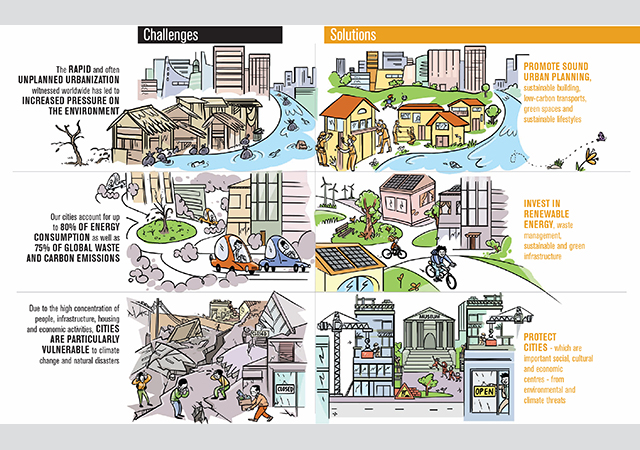
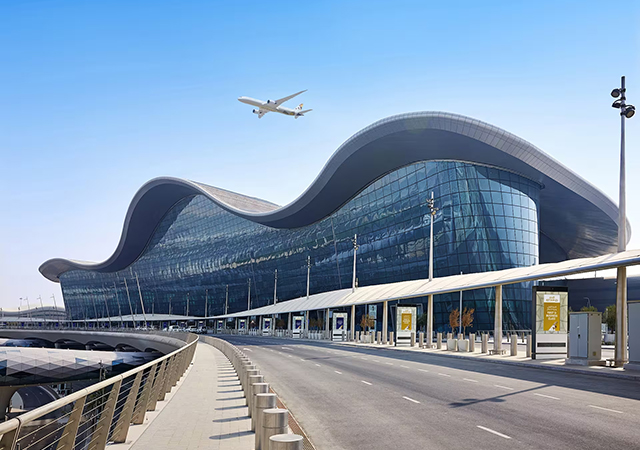 Zayed International Airport ... more than 90 per cent of steel and 80 per cent of timber used in its construction came from certified sustainable sources.
Zayed International Airport ... more than 90 per cent of steel and 80 per cent of timber used in its construction came from certified sustainable sources.
Zayed International Airport (AUH) has achieved a Three-Pearl Estidama construction rating, becoming one of the largest buildings in the UAE to secure the prestigious sustainability certification, according to Abu Dhabi Airports.
The rating, which recognises the airport’s commitment to sustainable development, marks its transition from a Three-Pearl design-stage rating to construction-stage certification.
The Estidama Pearl Rating System, which assesses buildings on their adherence to sustainability requirements, is a tiered evaluation system, ranging from One to Five Pearls.
Abu Dhabi Airports said the airport prioritised responsibly sourced materials, with more than 90 per cent of steel and 80 per cent of timber coming from certified sustainable sources. Additionally, the airport embraces the principles of a circular economy, recycling more than 90 per cent of steel and diverting 86 per cent of construction waste from landfills.
Elena Sorlini, Managing Director and Chief Executive Officer at Abu Dhabi Airports, said: “We are immensely proud of Zayed International Airport achieving the Three Pearl Estidama rating. This recognition reinforces our commitment to building a sustainable future for aviation and reflects the hard work and dedication of our team. The rating also reflects our dedication to providing world-class airport services that prioritise both efficiency and environmental responsibility.”
Zayed International Airport’s water-efficient fixtures exceed Estidama benchmarks by 45 per cent. In addition, its recently-launched Sustainability Strategy targets ambitious goals, including a 30 per cent reduction in energy and potable water consumption, sourcing five per cent of energy from renewable resources, diverting 40 per cent of waste from landfills, and achieving a 10 per cent reduction in overall waste volumes by 2030.
Additionally, reverse vending machines (RVMs) installed across the airport last November are incentivising passengers to recycle plastic bottles and aluminium cans, as part of the airport’s commitment to sustainable practices that minimise environmental impact and contribute to a more sustainable future for the region.
The Estidama Pearl Rating System evaluates buildings on integrated development systems, natural systems, indoor and outdoor livability, water, energy, and building materials. Government-funded projects must achieve a minimum two-pearl rating, while privately funded projects must achieve at least a One-Pearl rating. Meeting these requirements is essential for obtaining a building permit.
Early this year, Abu Dhabi City Municipality’s Sustainable Buildings Section reported that 304 projects in the design phase and 81 in the construction phase in Abu Dhabi and its suburbs have met Estidama standards.
The Estidama system includes both mandatory and optional credits with the latter points elevating a project’s overall sustainability score and leading to a higher Pearl rating.
To verify compliance with sustainability requirements, a team from the municipality’s Sustainable Buildings Section reviews the initial project concept design to gather comprehensive information and understand the project’s specific context, which empowers it to determine the best approach for applying sustainability standards and select the most suitable credit options. The section also examines the project submission strategy to ensure that the proposed project meets the highest sustainability standards. This involves verifying specifications and materials that are related to green buildings standards, which are then included in the project specifications before a contractor is hired, ensuring their mandatory implementation during the construction phase.
Many stakeholders, including property owners, consultants, and Pearl Qualified Professionals (PQP), are involved in implementing the Estidama Pearl Rating System for buildings and villas.
Implementing the Pearl Rating System extends the lifespan of buildings, reduces operating costs, enhances occupant comfort, and minimises environmental impact. Furthermore, the system contributes to significant reductions in water and energy consumption, according to the municipality.



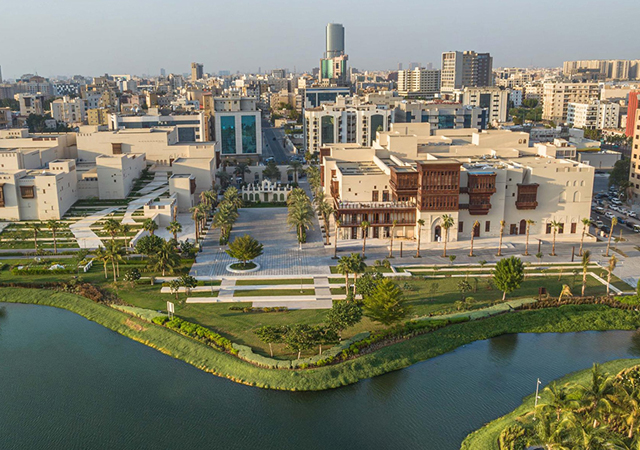
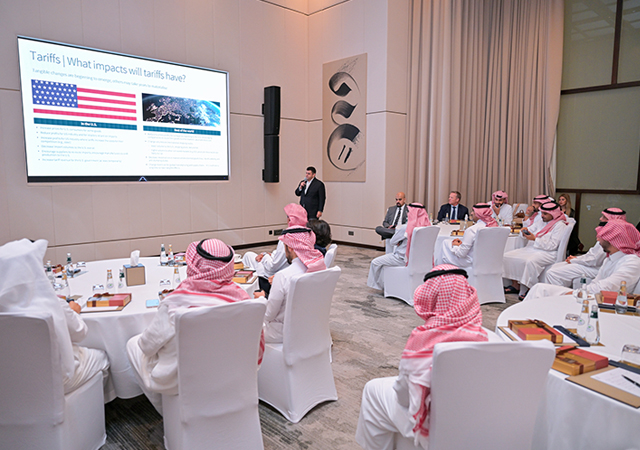
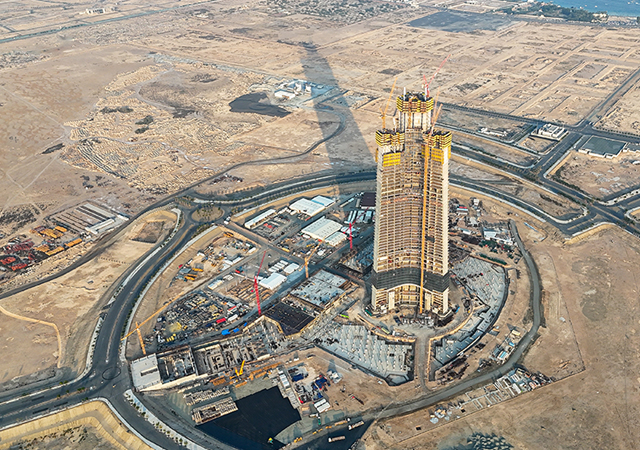
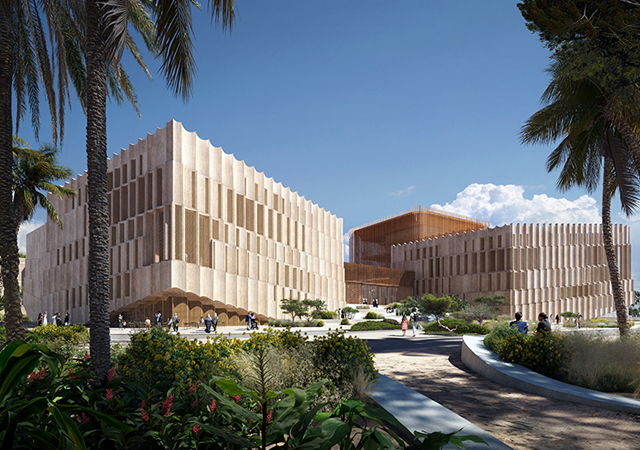
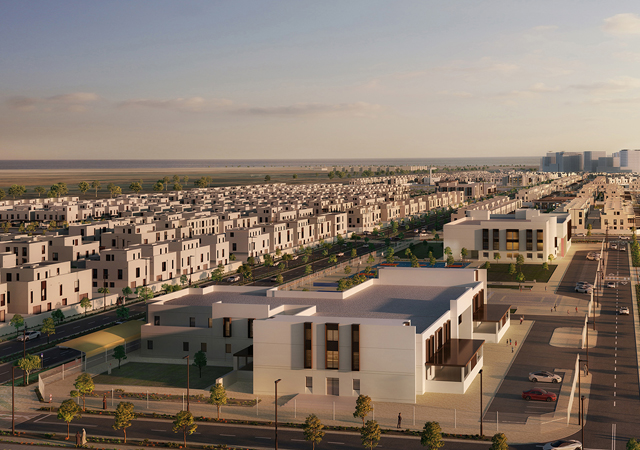
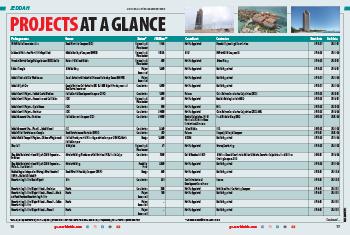
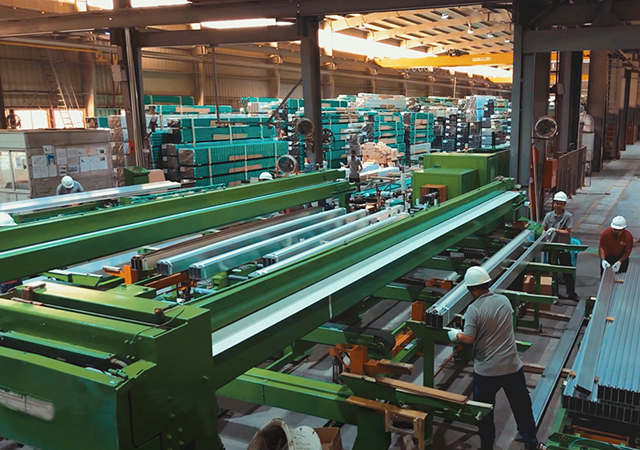


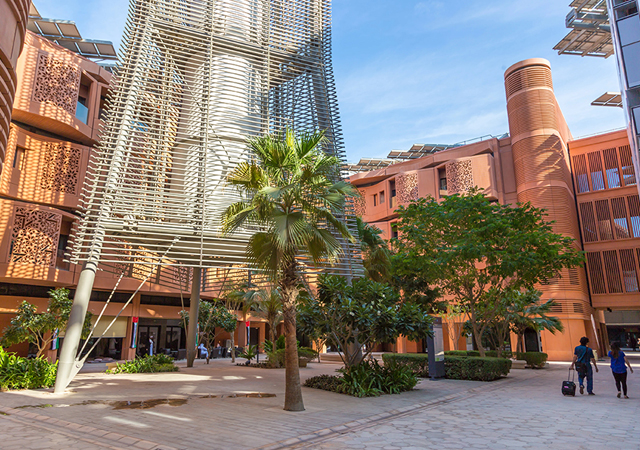
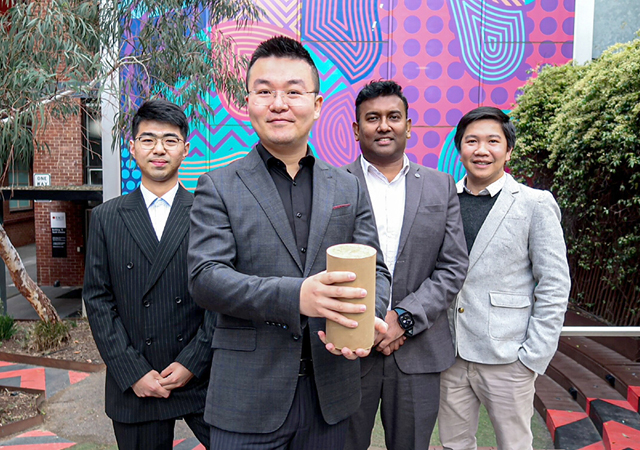


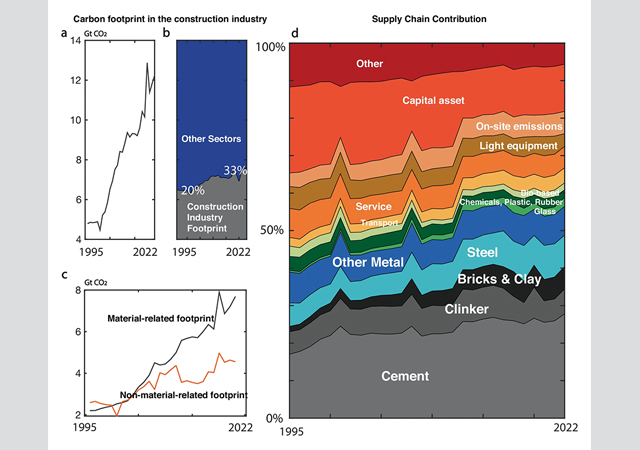
.jpg)
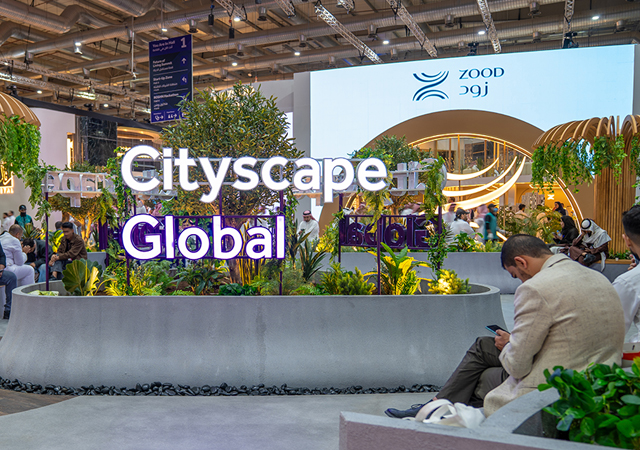
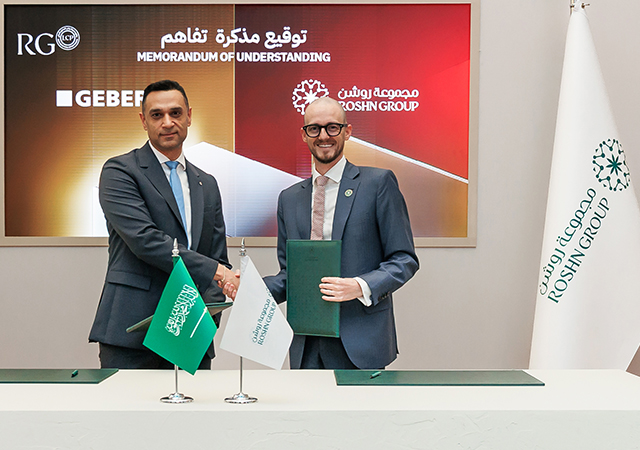
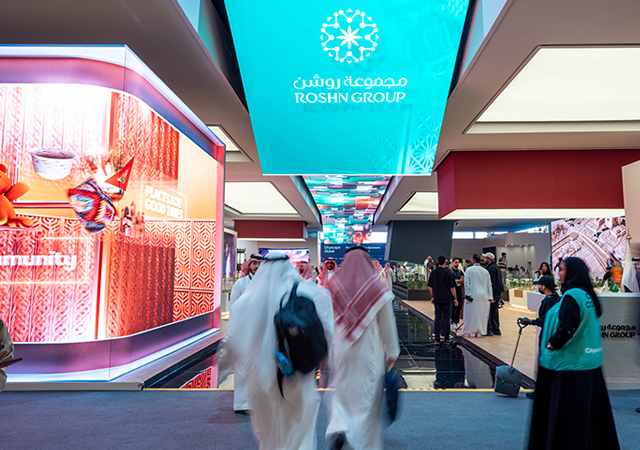
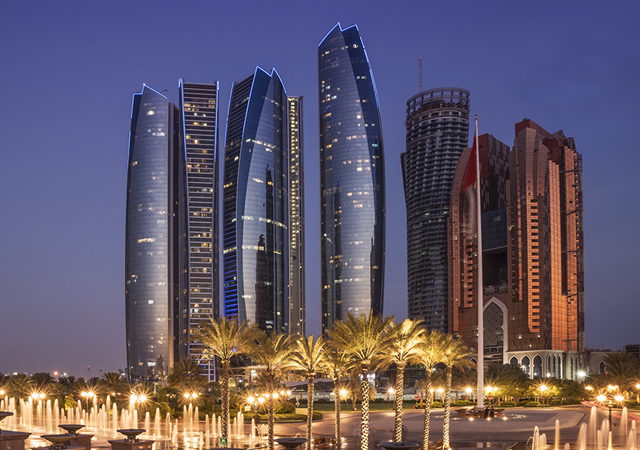
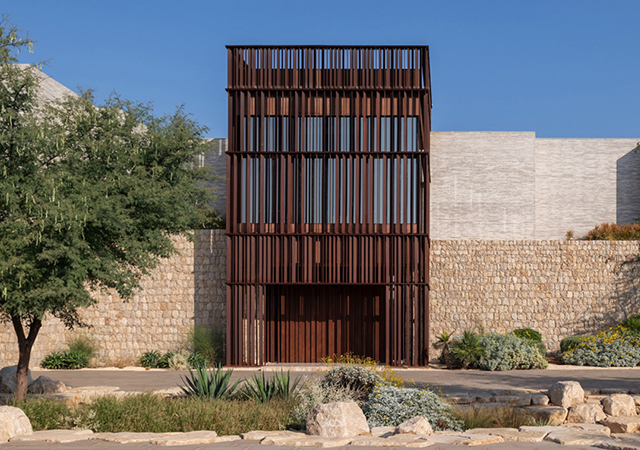
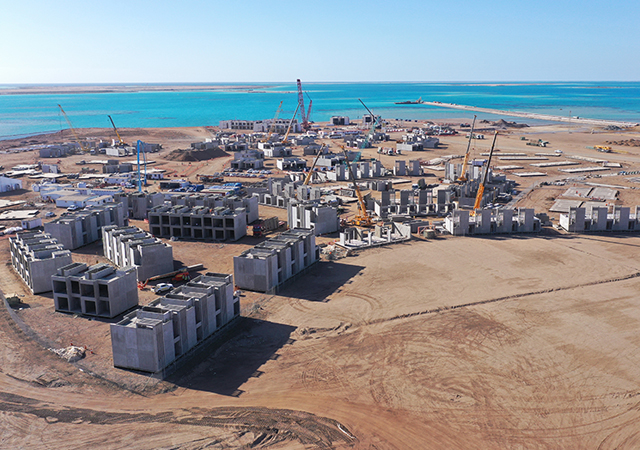
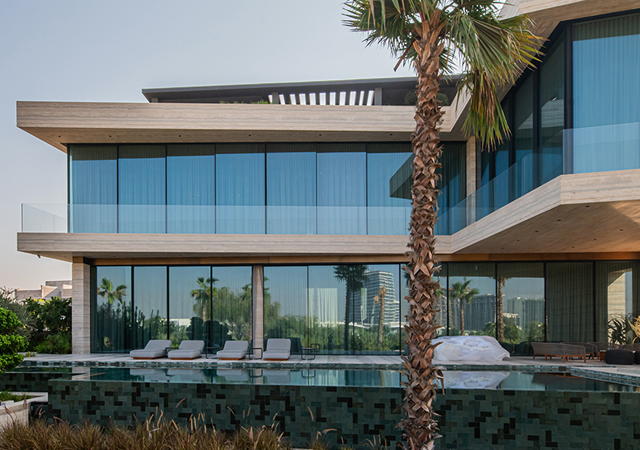

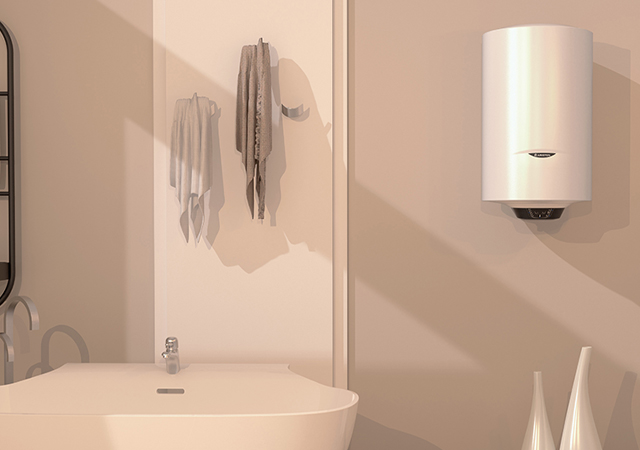
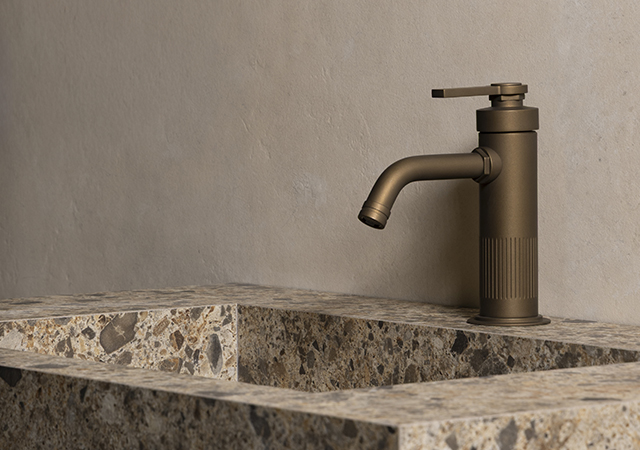



 (1).jpg)

